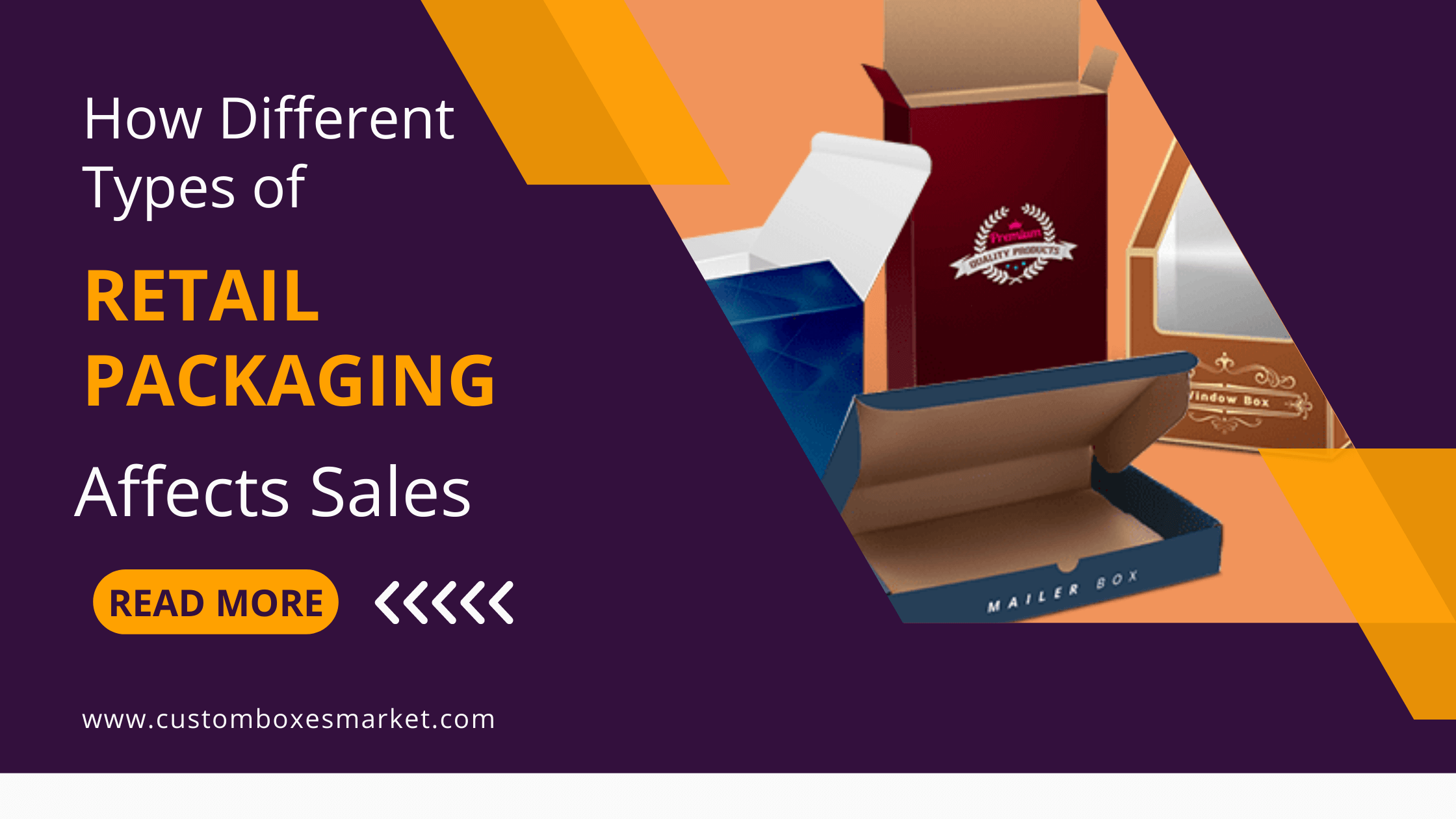If you’re looking for a way to increase the impact of your packaging, consider using cardboard for retail applications. Compared to other materials, cardboard is a lot cheaper to produce and can be used quickly to implement a new merchandising strategy or design. As a result, it’s an excellent choice for short-term seasonal marketing campaigns. And with the economy as it is, cardboard is a relatively low-cost option for your business.
Corrugated Cardboard
Many large retailers are using corrugated cardboard as their retail packaging, a practical approach that can be effective while keeping costs down. This type of packaging is highly customizable and often features a large area for branding. Here are some of the advantages of using corrugated boxes for your ecommerce business. Listed below are just a few reasons to use corrugated boxes for your ecommerce business. These boxes can offer great protection and are an economical and sustainable choice.
A single-face corrugated cardboard boxes is commonly sold in rolls. It provides extra cushioning for fragile items. A double-wall box, on the other hand, has two sheets of corrugated medium glued between two liner boards. This type is generally stronger, though less flexible than the former. Lastly, a triple-wall box is the strongest of all types. It features three stacked layers of corrugated board and four-liner board facings.
Clamshells
One of the most common and effective types of carded packaging is clamshell. This style of packaging features a clamshell-like design with two plastic “shells” that open and close with a clamshell-like clasp. Clamshells can be made of a variety of materials, including paperboard and plastic. Clamshells are popular with consumers because of their convenience and compactness. Due to increasing environmental awareness, clamshells are often made of a variety of plastic and paper materials.
While clamshells are most popular in the food industry, they are also used in other retail settings. In addition to groceries, you can find clamshells at catering services and food trucks. They are also common in hardware stores, where they are used to package screws, nails, and small home repair tools. This hybrid carded packaging style blurs the line between blister packs and clamshells. These types of boxes can be found in a wide variety of types of retail packaging, including food, pharmaceuticals, and cosmetics.
Paper Board
When it comes to retail packaging, paperboard is an excellent choice. Not only is it recyclable but it is also highly customizable, making it an excellent choice for a variety of products. For instance, paperboard shipping tubes are perfect for posters and other items. You can also order them with metal or plastic end plugs to secure the ends and give them extra wall support. If you’re looking for a more eco-friendly solution, UV coating is an excellent choice.
Because paperboard is so strong and durable, retailers are increasingly choosing to use smaller cartons. These smaller retail packaging boxes save valuable shelf space, so retailers are using fewer cartons. Paperboard is also a great choice for manufacturers of folding cartons, which are often made from more than one layer. Some manufacturers even choose recycled cardboard in order to limit their environmental impact. But if you’re looking for an eco-friendly alternative, you might want to try out a more creative solution.
Metal Packaging
Recycling programs are essential for businesses, as the environmental impact of metal packaging is more damaging than that of plastic. Moreover, the metals may not degrade as quickly as cardboard, so environmental enforcement agencies must streamline metal packaging disposal programs. There are a number of regulations that must be followed when deciding to use metal packaging for retail purposes. In addition, these regulations include the use of metal identification codes for recycling and reusability.
As a consequence, manufacturers should consider the impact of toxic metals on food. According to current food legislation, the amount of Hg found in food packages exceeds the safe level. But how can we determine how much Hg is present in our food? A study was conducted to find out. The researchers examined the material properties, weight, and ash content of the packages. They then performed inductive coupled plasma-optical emission-spectrometry tests to determine the amount of toxic metals in the material.

